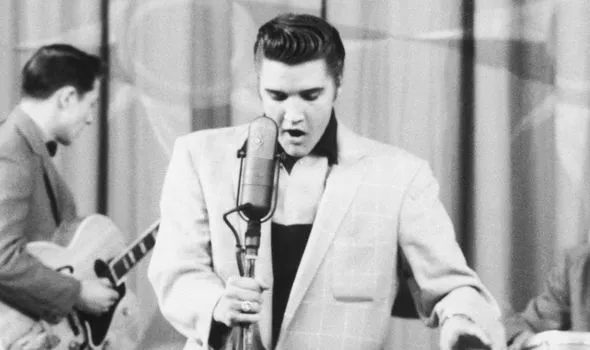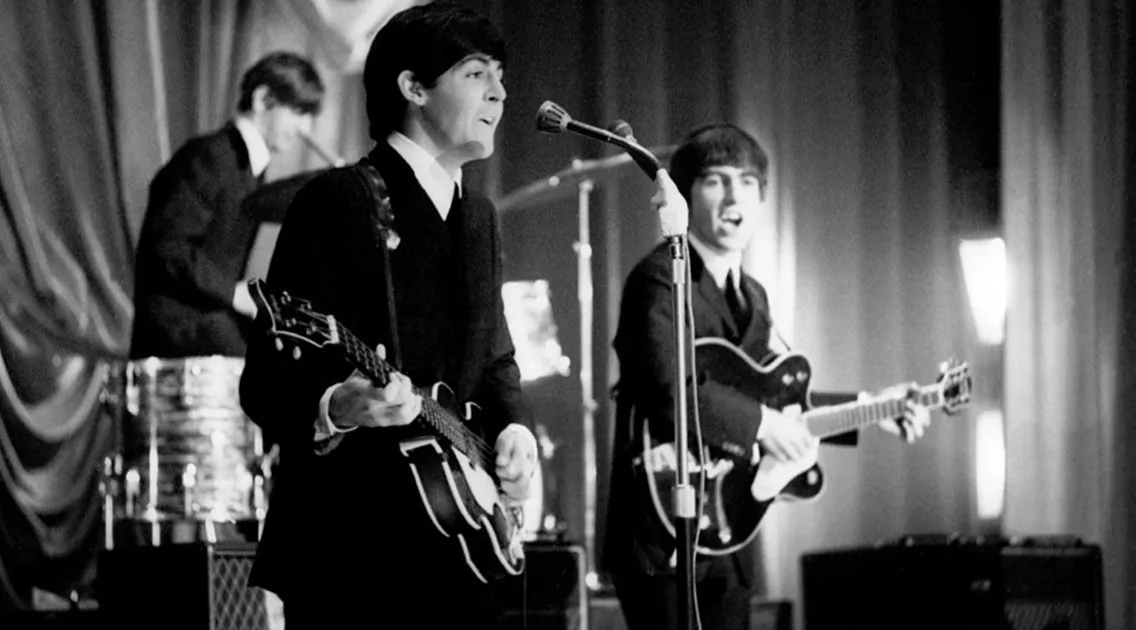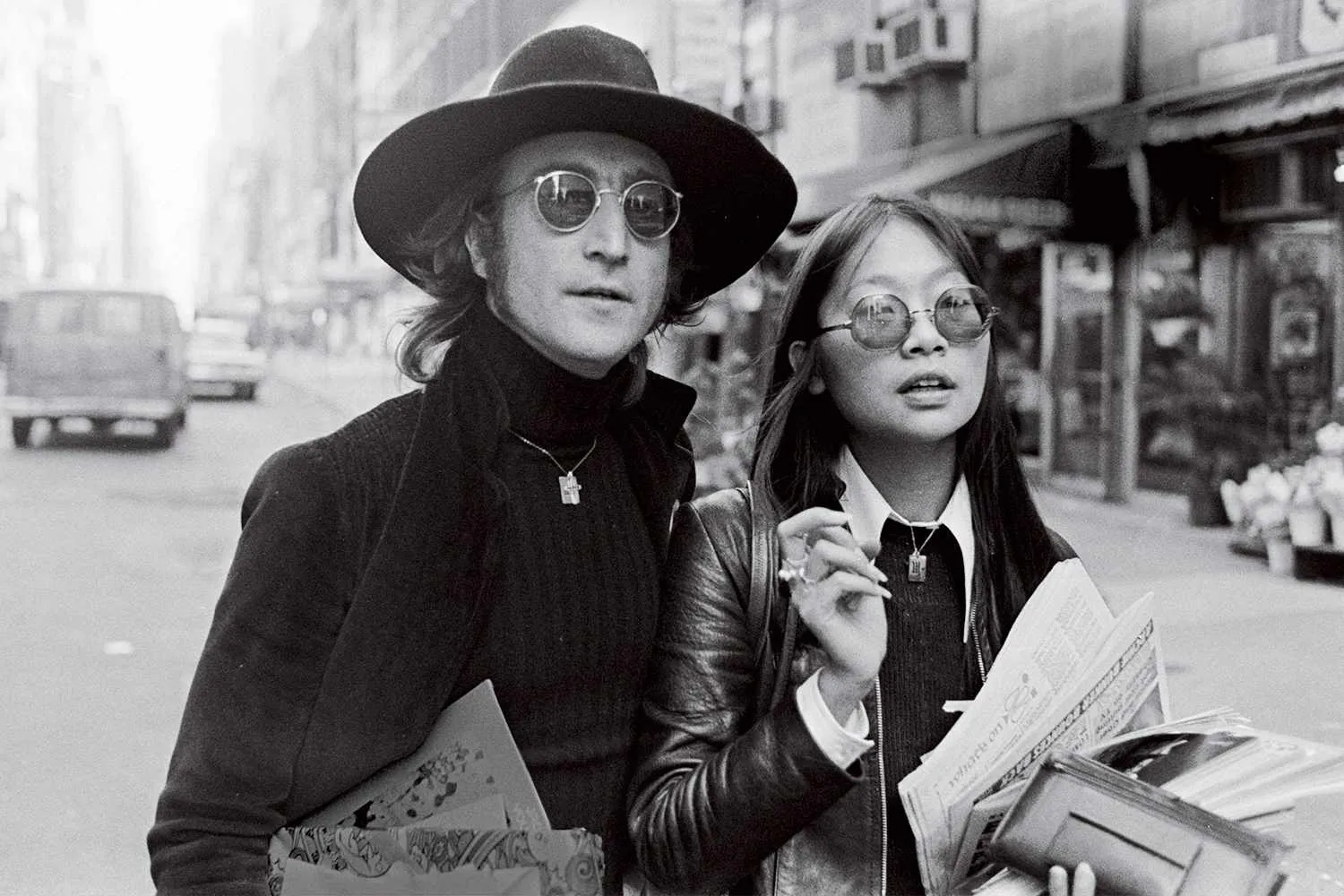The Beatles, known for their incredible songwriting, vocal harmonies, and innovative music, were also multi-instrumentalists, with each member bringing unique talents to the band. While guitars often took center stage in their performances, the piano played a crucial role in many of their recordings. But when it comes to the question of who was the best piano player in The Beatles, the answer isn’t as straightforward as it might seem. Let’s take a closer look at the keyboard contributions of John Lennon, Paul McCartney, George Harrison, and even Ringo Starr, to determine who truly excelled at the piano.
Paul McCartney: The Melodic Maestro

Paul McCartney’s prowess on the piano is perhaps the most widely recognized among The Beatles. Known for his melodic sense and ability to craft complex yet accessible music, McCartney’s piano work is featured prominently on many of the band’s most iconic songs.
One of the earliest examples of McCartney’s piano playing can be heard on "A Hard Day’s Night" (1964), where he plays a driving rhythm that perfectly complements the song’s energetic vibe. However, it was on "Yesterday" (1965) where McCartney’s skill as a pianist began to truly shine.
Though the song is primarily an acoustic guitar ballad, it was in the recording sessions for "Yesterday" that McCartney began to explore the piano more deeply, leading to the lush string arrangements that would become a hallmark of his later work.

Perhaps the most famous example of McCartney’s piano playing is on the song "Let It Be" (1970). The gentle, gospel-inspired chords that open the song are instantly recognizable, and McCartney’s playing throughout is both emotive and technically proficient.
The piano serves as the backbone of the track, guiding the listener through the verses and providing a solid foundation for the vocal harmonies and guitar solos.
Other notable examples of McCartney’s piano work include "Hey Jude" (1968), where his simple yet powerful chords drive the song’s anthemic chorus, and "Lady Madonna" (1968), a track that showcases his ability to blend rock and roll with bluesy piano riffs.
McCartney’s versatility on the piano is evident in the way he can seamlessly switch between styles, from the classical influences on "Eleanor Rigby" (1966) to the playful, honky-tonk feel of "Your Mother Should Know" (1967).
John Lennon: The Introspective Innovator

While John Lennon is often associated with his rhythm guitar playing and distinctive voice, his contributions on the piano are equally significant, though perhaps less celebrated than McCartney’s.
Lennon’s approach to the piano was often more minimalist, focusing on creating mood and atmosphere rather than showcasing technical skill.
One of Lennon’s most famous piano contributions is on the song "Imagine" (1971), recorded after The Beatles disbanded. The song’s simple, repetitive chords create a meditative, almost hypnotic quality that perfectly complements the lyrics’ message of peace and unity.
Though not a Beatles track, "Imagine" is a testament to Lennon’s ability to convey deep emotion through the piano, using the instrument to craft one of the most enduring songs in popular music history.

Within The Beatles’ catalog, Lennon’s piano work can be heard on tracks like "Across the Universe" (1969), where his delicate playing adds to the song’s ethereal quality, and "A Day in the Life" (1967), where his haunting, sparse piano chords set the tone for the song’s reflective verses.
In "Jealous Guy" (1971), another post-Beatles song, Lennon’s piano playing is central to the track’s confessional nature, highlighting his ability to use the piano as a tool for personal expression.
Lennon’s piano style was less about technical prowess and more about using the instrument to convey the emotions behind his songs.
Whether creating a sense of longing, introspection, or serenity, Lennon’s piano playing was always in service of the song’s overall mood, making it an integral part of his musical identity.
George Harrison: The Quiet Innovator

George Harrison, often referred to as the "Quiet Beatle," was primarily known for his work on the guitar, but he also made significant contributions on the piano. Harrison’s piano playing was more understated compared to McCartney and Lennon, but it was no less impactful.
Harrison’s most notable piano contribution within The Beatles is on the track "While My Guitar Gently Weeps" (1968). Although the song is famous for its guitar work, particularly Eric Clapton’s lead guitar solo, the piano provides a subtle but crucial layer to the track’s rich texture.
Harrison’s piano playing here is gentle and supportive, allowing the guitar and vocals to take center stage while still adding depth to the overall sound.

Another example of Harrison’s piano work can be found on "Old Brown Shoe" (1969), a track that features Harrison himself playing a boogie-woogie-inspired piano part. The song’s driving rhythm and playful energy are enhanced by Harrison’s piano playing, which adds a sense of urgency to the track.
While Harrison’s piano contributions may not be as well-known as those of McCartney or Lennon, they demonstrate his versatility as a musician and his ability to bring a unique voice to the instrument.
Harrison’s piano playing, like his guitar work, was always thoughtful and purposeful, serving the needs of the song rather than showcasing his own technical abilities.
Ringo Starr: The Rhythmic Foundation

While Ringo Starr is celebrated as one of the greatest drummers in rock history, his contributions on the piano are minimal. Starr’s primary focus was always on the drums, where he provided the steady, inventive rhythms that helped define The Beatles’ sound.
However, Starr’s understanding of rhythm and timing likely informed the band’s overall approach to music, including their use of the piano.
Starr’s influence on The Beatles’ piano-driven songs may not be as direct as that of his bandmates, but his contributions to the band’s overall sound cannot be overlooked.
His ability to create a solid rhythmic foundation allowed Lennon, McCartney, and Harrison the freedom to experiment with different instruments, including the piano.
The Verdict: Who Was the Best?

Determining who was the best piano player in The Beatles is ultimately subjective and depends on how one defines "best." If technical skill and melodic creativity are the criteria, then Paul McCartney is likely the top contender.
His piano playing is featured on some of The Beatles’ most iconic songs, and his ability to blend classical influences with pop sensibilities set him apart as a true musical innovator.
However, if emotional expression and the ability to create mood and atmosphere are the focus, then John Lennon’s contributions on the piano cannot be ignored.
His minimalist approach allowed the piano to serve as a powerful vehicle for conveying the themes and emotions of his songs.

George Harrison, while primarily known for his guitar work, also brought a unique voice to the piano, contributing to the rich tapestry of The Beatles’ music. His playing may have been more understated, but it was always thoughtful and purposeful.
In the end, each Beatle brought something special to the piano, making it an essential part of the band’s sound.
Whether it was McCartney’s melodic genius, Lennon’s emotional depth, or Harrison’s quiet innovation, the piano in The Beatles’ music was a reflection of the diverse talents within the group.
It is this blend of skills and styles that helped make The Beatles one of the greatest bands in history, and the piano was an integral part of that legacy.




